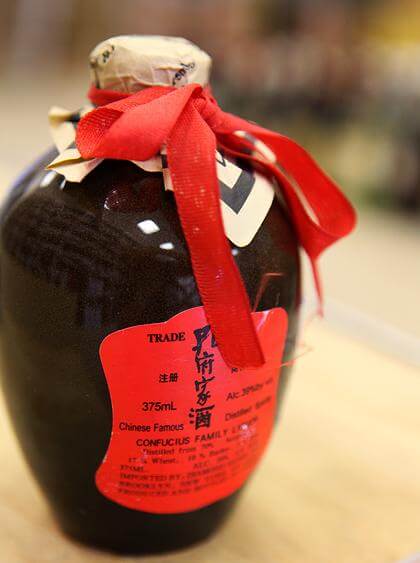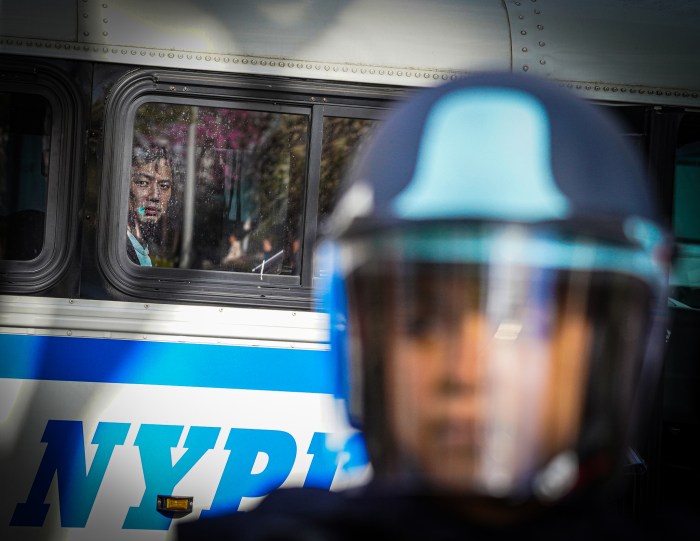BY EVELYN CHENG
In the latest case of moonshining since Prohibition, Fujianese immigrants in New York’s Chinese enclaves like Flushing may have been making and selling rice wine illegally, according to a state enforcement agency.
The New York Times reported last week on the unregulated sale of home-brewed rice wine in Chinese restaurants in both Manhattan’s Chinatown and Flushing.
“We have received complaints and we’re looking into them,” state Liquor Association spokesman Bill Crowley said from his Albany office.
Like most states, New York has a three-tier liquor regulation system consisting of manufacturers, wholesalers and retailers. Manufacturers cannot sell to retailers, licensed or unlicensed, and retailers cannot buy from unlicensed wholesalers.
In the case of illegal rice wine, retailers are primarily at fault for selling, purchasing and sometimes making wine for sale without proper licenses, the SLA spokesman said. He pointed out that if retailers had no licenses whatsoever, the SLA would refer the case to the police.
“Typically, most of the manufacturers and wholesalers are quite large and it’s not in their interest for illegal sales,” Crowley said. “Most complaints come from wholesalers.”
The NYPD said it had not received any complaints about illegal rice wine.
A spot check of various Flushing restaurants yielded only one Fujianese restaurant that admitted to selling rice wine. Supermarkets and liquor stores on Flushing’s Main Street sold rice wine, but these were legal imports used mainly for cooking.
“The [Times] article is disturbing because kids can get their hands on that stuff easily,” state Assemblywoman Grace Meng (D-Flushing) said.
Meng had no personal knowledge of illegal rice wine sales in Flushing, but said that increasing numbers of Fujianese were moving into Queens.
In a report by University of Albany professor Zai Liang, of the Chinese International Migration Project, Fujianese are the largest group of immigrants from China to America, with most coming to New York City to work as manual laborers or run small businesses like Chinese restaurants and supermarkets.
The red-colored, homemade wine contains between 10 percent to 18 percent alcohol, about the same as wine made from grapes. Rice wine is the result of a simple process of letting cooked sticky rice grains ferment with special rice wine yeast available in some Chinese grocery stores.
Sweet in taste, glutinous rice wine is often made at home for its health benefits and used in traditional Chinese breakfast dishes. A salted, clear version of the wine is a standard ingredient in Chinese cooking.
According to Crowley, state laws regulating alcoholic beverages were put into place following Prohibition, a period from 1920 to 1933 when the manufacture, sale and transport of liquor were banned by federal law.
Reach reporter Evelyn Cheng by phone at 718-260-4524.
































